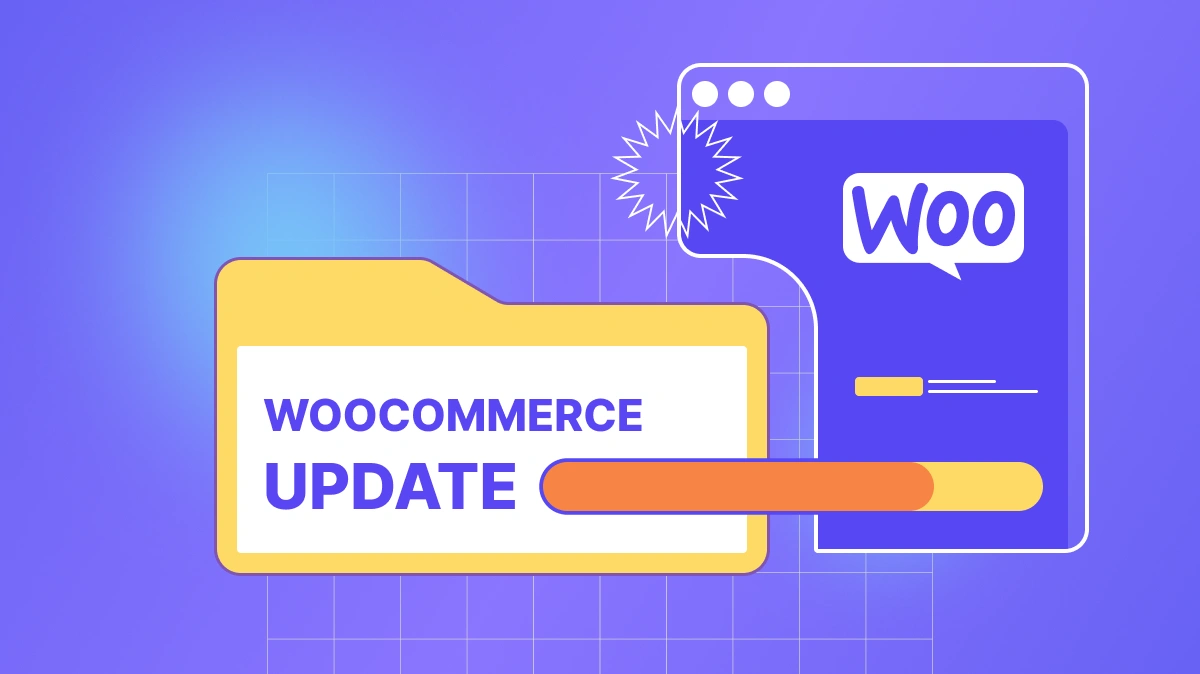
In 2025, launching a WooCommerce store is a strategic solution for businesses aiming to enter the market quickly and boost sales. The growing e-commerce market makes WooCommerce ideal due to its integration with WordPress. Store launches not only speed up the process but also optimize SEO for organic traffic. This article explores how much time is needed to launch a WooCommerce store, how to optimize the process, and how to attract organic traffic.
Why WooCommerce Is Ideal for Store Launches?
WooCommerce transforms businesses by offering ready-to-use tools for creating an online store. The platform powers millions of stores through integration with WordPress. WooCommerce offers:
- Quick Launch: Intuitive interface for beginners.
- Scalability: Suitable for small and large businesses.
- Integrations: Connects to payments and analytics.
- SEO Advantage: Optimization for organic traffic.
SEO Tip: Use keywords like "launch WooCommerce store", "online store on WooCommerce", or "create WooCommerce store" in meta tags to attract organic traffic.
1. Quick Launch and Setup
WooCommerce enables launching an online store in days with simple setup.
Benefits
- Registration: 5–10 minutes to create an account.
- Setup: 1–2 hours for basic settings.
- Products: 2–4 hours for a catalog of up to 50 items.
How to Implement?
- Register on WordPress and install WooCommerce.
- Configure currency, shipping, and payments via Stripe or PayPal.
- Add products with SEO-optimized descriptions.
2. Design and Branding Setup
WooCommerce offers flexibility in creating brand-aligned designs.
Benefits
- Templates: Free and premium themes for quick starts.
- Branding: Add logos and colors.
- Mobile Adaptation: Optimized for smartphones.
How to Implement?
- Choose a theme from WordPress Theme Store.
- Customize UI/UX via Elementor.
- Check responsiveness with Google Mobile-Friendly Test.
3. Payment and Shipping Integration
WooCommerce ensures fast setup for payments and shipping.
Benefits
- Payments: Supports Stripe, PayPal.
- Shipping: Integration with UPS, FedEx.
- Automation: No coding required.
How to Implement?
- Install payment plugins (WooCommerce Payments).
- Configure shipping via WooCommerce Shipping.
- Test transactions for security.
4. SEO Optimization for Traffic
WooCommerce provides tools for SEO to attract organic traffic.
Benefits
- Keywords: Optimize for search.
- Content: Blog for audience engagement.
- Speed: Optimized for Google.
How to Implement?
- Install Yoast SEO or Rank Math.
- Add SEO-optimized product descriptions.
- Integrate Google Analytics.
5. Marketing and Analytics
WooCommerce integrates tools for marketing and analytics.
Benefits
- Push Notifications: Campaigns for customers.
- Analytics: Track sales.
- Ads: Integration with Google Ads.
How to Implement?
- Set up OneSignal for push notifications.
- Use Google Analytics.
- Launch ads via Google Ads.
Trends for WooCommerce Stores in 2025
- Artificial Intelligence: AI for personalization.
- Augmented Reality: AR for try-ons.
- Voice Search: Growing queries.
- Sustainability: Eco-friendly brands.
Tips for Launching a WooCommerce Store
- Define Niche: Unique products.
- Set Up Basics: Register, install WooCommerce.
- Add Products: With SEO descriptions.
- Integrate Payments: Stripe, PayPal.
- Optimize SEO: For Google.
Launching a WooCommerce store in 2025 takes 3–5 days for basic stores or 2–4 weeks for complex projects. Invest in WooCommerce to attract organic traffic and ensure business success.



